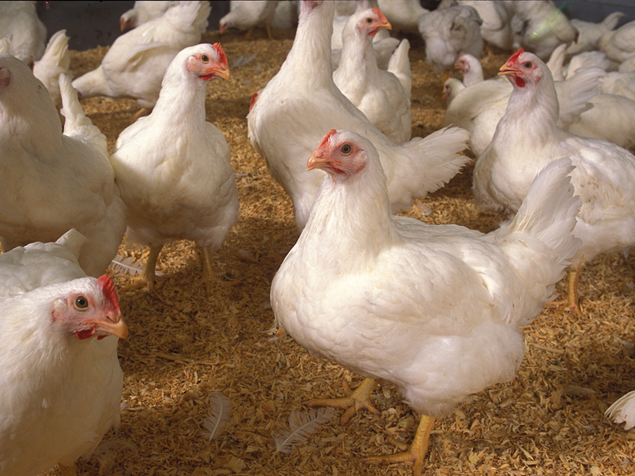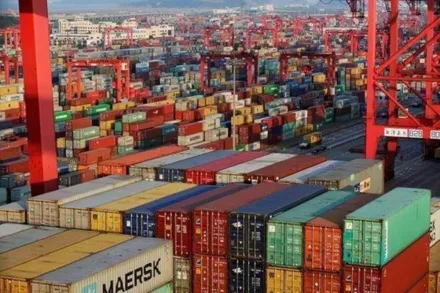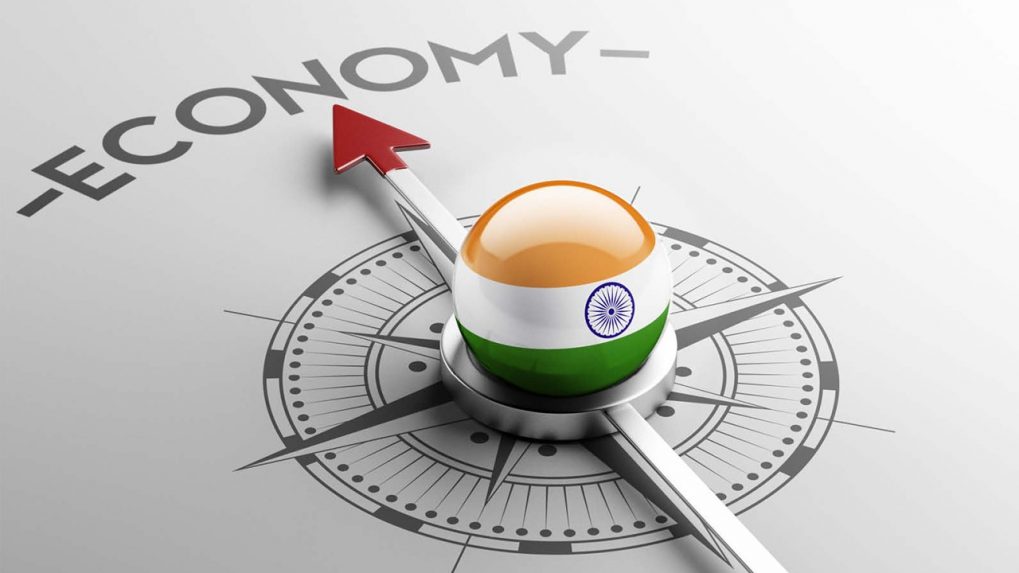- Courses
- GS Full Course 1 Year
- GS Full Course 2 Year
- GS Full Course 3 Year
- GS Full Course Till Selection
- Answer Alpha: Mains 2025 Mentorship
- MEP (Mains Enrichment Programme) Data, Facts
- Essay Target – 150+ Marks
- Online Program
- GS Recorded Course
- Polity
- Geography
- Economy
- Ancient, Medieval and Art & Culture AMAC
- Modern India, Post Independence & World History
- Environment
- Governance
- Science & Technology
- International Relations and Internal Security
- Disaster Management
- Ethics
- NCERT Current Affairs
- Indian Society and Social Issue
- NCERT- Science and Technology
- NCERT - Geography
- NCERT - Ancient History
- NCERT- World History
- NCERT Modern History
- CSAT
- 5 LAYERED ARJUNA Mentorship
- Public Administration Optional
- ABOUT US
- OUR TOPPERS
- TEST SERIES
- FREE STUDY MATERIAL
- VIDEOS
- CONTACT US
The Rise of India’s Broiler Chicken Industry
The Rise of India’s Broiler Chicken Industry
The broiler chicken industry in India has undergone a significant transformation, evolving from a traditional and small-scale practice into a highly organized and vertically integrated sector.
- This shift has enabled even smallholders to engage in commercial poultry farming, enhancing both productivity and profitability.
What Are Broiler Chickens?

Broiler Chickens are specifically bred and raised for meat production, distinguishing them from other poultry types which may be raised for eggs or dual purposes (meat and eggs).
- Key Characteristics:
- Rapid Growth Rate: Broilers are genetically designed to grow quickly, reaching market weight in 4 to 6 weeks.
- For decades, poultry farmers have carefully selected the fastest-growing chickens for breeding. By constantly selecting birds with desired characteristics (such as rapid growth and large chest muscles), they have created modern broiler breeds. This is the process of genetic selection.
- High Meat-to-Bone Ratio: They are bred to have large breast muscles, which are highly desirable for consumers.
- Efficient Feed Conversion: Broilers convert feed into meat very efficiently, making them cost-effective for commercial production.
Poultry Farming is the practice of raising birds such as chickens, ducks, turkeys, and geese for meat and eggs. It plays a crucial role in the global agricultural sector.
Current State of the Poultry Industry in India
-
Global Rankings and Production:
- Egg Production: India is the 3rd largest egg producer globally. Egg production increased from 78.48 billion in 2014-15 to 129.60 billion in 2021-22.
- Meat Production: India ranks 8th in meat production. Broiler meat production is around 5 million tonnes annually.
- Poultry Feed Production: As of 2022, India produces 27 million metric tons of poultry feed each year.
-
Growth Trends:
- Poultry Meat Production: Increased at an average annual rate of 8%.
- Egg Production: Rose by 7.45% from 2014-15 to 2021-22.
-
Market Size and Exports:
- Market Value: The Indian poultry market was valued at Rs. 2,099.2 billion in 2023 and is projected to grow at a compound annual growth rate (CAGR) of 8.9% from 2024 to 2032.
- Exports: India exported poultry products to 64 countries in 2022-23, generating USD 134 million.
-
Top Egg-Producing States:
- Andhra Pradesh (20.13%)
- Tamil Nadu (15.58%)
- Telangana (12.77%)
- West Bengal (9.93%)
- Karnataka (6.51%)
Key Factors Driving Growth in the Poultry Industry
- Vertical Integration: Vertical integration in the broiler chicken industry means that one company controls multiple stages of the production process, from the beginning to the end.
- Contract Farming Models: Companies provide farmers with day-old chicks (DOCs), feed, and technical support. This model streamlines operations, reduces risks, and ensures consistent quality from breeding to marketing.
-
Technological Advancements:
- Environmentally Controlled (EC) Sheds: Automated systems for feeding, climate control, and other operations have improved growth rates and reduced mortality.
- Advanced Breeding Techniques: Enhanced growth rates and disease resistance.
-
Increased Demand:
- Urbanization and Dietary Shifts: Growing urban populations and preference for processed poultry products drive demand.
- Government Support:
- Policies and Infrastructure: Government initiatives, subsidies, and improved infrastructure support growth and investment in the sector.
- Financial Incentives:
- Contract Farming Benefits: Guaranteed payments and performance-based incentives encourage larger operations. Financial support like loans also helps farmers.
- Export Opportunities:
- International Markets: Exporting poultry products to global markets offers growth potential but is influenced by global trade conditions and competition.
Challenges Facing the Poultry Industry
- Contaminated Environments:
- High-Density Housing: Poor air quality and waste management issues in large poultry units.
- Regulatory Compliance: Units with over 5,000 birds are classified as polluting industries.
- Feed Price Volatility:
- Fluctuations in Feed Costs: Variability in feed ingredient prices like corn and soybean affects profitability.
- Cruel Treatment of Animals:
- Inhumane Practices: Issues such as overcrowding and poor living conditions, which violate animal welfare laws.
- Financial and Operational Issues:
- Debt and Complex Contracts: Farmers face financial pressures from debt and complex arrangements with integrators.
- Competition from Other Proteins:
- Plant-Based Alternatives: Rising popularity of plant-based proteins challenges poultry market growth.
- Supply Chain Inefficiencies:
- Logistical Issues: Problems with transportation, cold storage, and distribution can affect product quality and market growth.
- Waste Management:
- Environmental Impact: Significant waste production leads to pollution and disease risks due to excessive manure.
Initiatives for the Poultry Industry
-
Poultry Venture Capital Fund (PVCF):
- Objective: Promote entrepreneurship and employment in poultry farming.
-
National Livestock Mission (NLM):
- Programs: Support for Rural Backyard Poultry Development (RBPD) and Innovative Poultry Productivity Projects (IPPP).
-
Assistance to States for Control of Animal Diseases (ASCAD):
- Coverage: Vaccination and disease control programs for poultry.
Way Forward
- Enhance Business Environment:
- Improve Exports and Formalization: Address challenges related to exports and integrate informal sector units.
- Invest in Research and Development:
- Drive Innovation: Increase investment in R&D for sector advancement.
-
Strengthen Environmental Oversight:
- Enforce Regulations: Implement strict environmental regulations to address pollution and climate impact.
-
Align Regulations with Animal Welfare:
- Integrate One Health Principle: Connect animal welfare with public health and environmental sustainability.
-
Social Awareness Campaigns:
- Educate the Public: Fund campaigns to raise awareness about poultry farming practices and their impacts.
Conclusion
The broiler chicken industry in India has become a model of organization and vertical integration, transforming traditional poultry farming into a high-efficiency, commercially viable enterprise. This shift has enabled smallholders to participate in a structured agri-business model, boosting productivity and profitability while setting the stage for further advancements in product integration and market expansion.
Must Check: Best IAS Coaching In Delhi
UPSC Prelims Result 2024 Out: Expected Cut Off & Other Details, UPSC Prelims 2024 Answer with Explanation, Daily Prelims Quiz, Daily Current Affairs, MONTHLY CURRENT AFFAIRS TOTAL (CAT) MAGAZINE, Best IAS Coaching Institute in Karol Bagh, Best IAS Coaching Institute in Delhi, Daily Mains Question Answer Practice, ENSURE IAS UPSC Toppers, UPSC Toppers Marksheet, Previous Year Interview Questions, UPSC Syllabus




